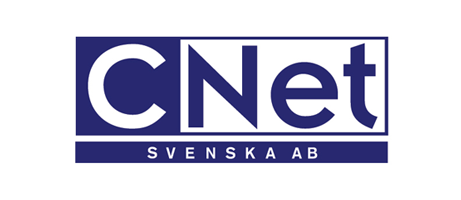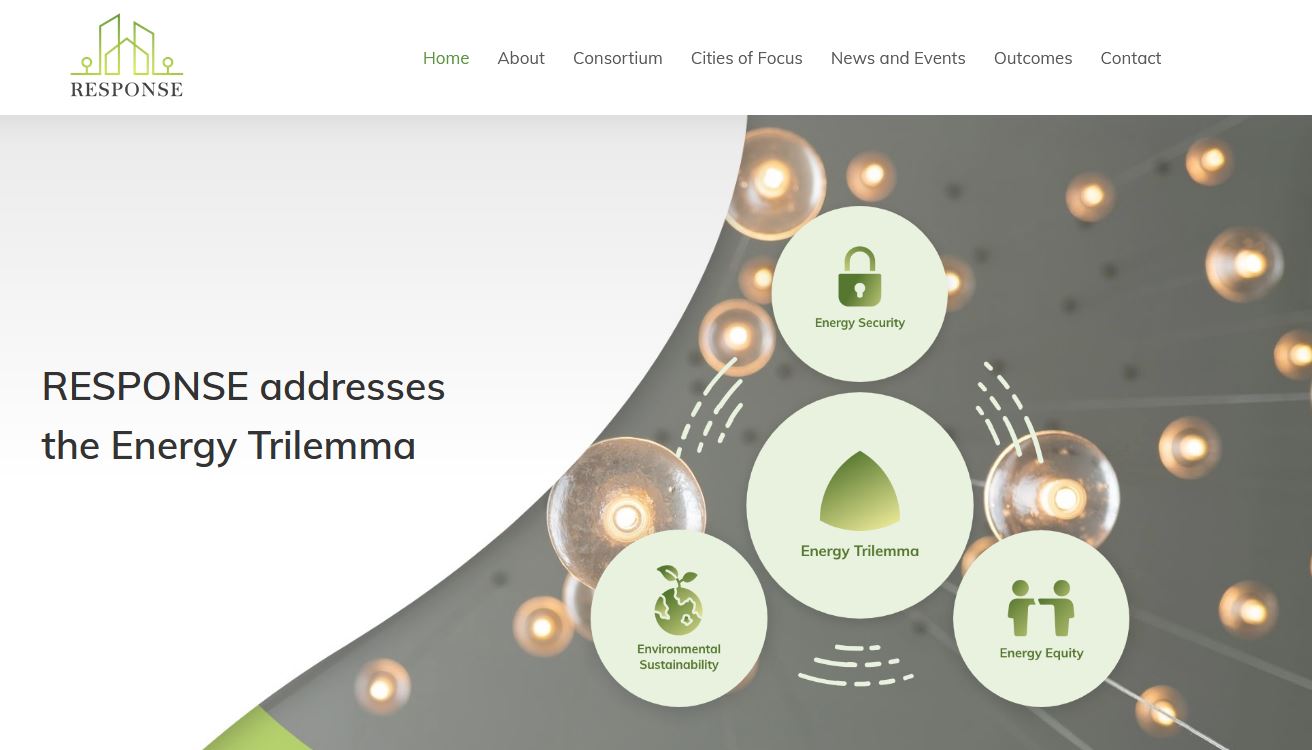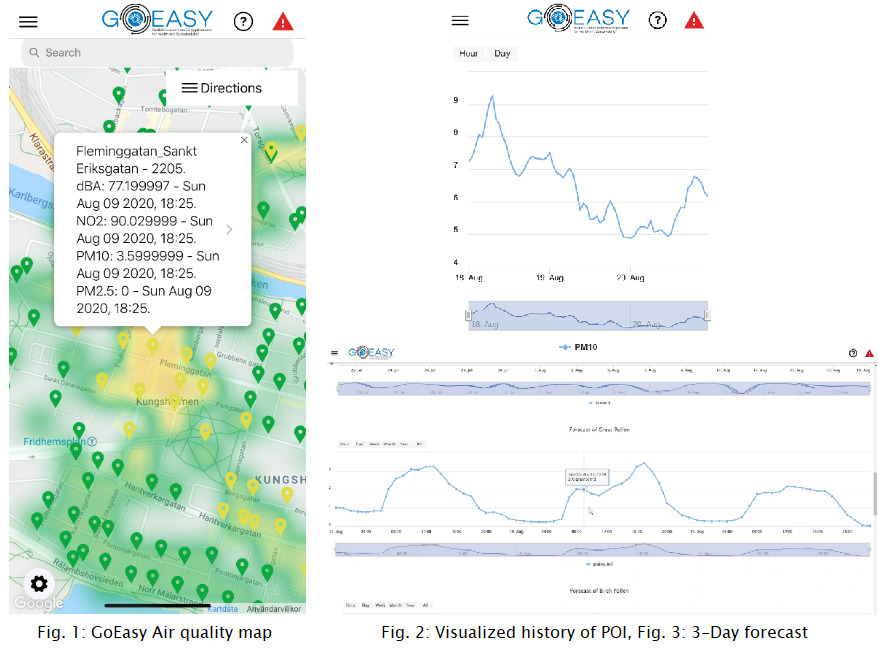Our project Response was shown on the French news recently. The project is turning an old disctrict in the city of Dijon into a energy postive district using new smart and suistainable technologies. CNet is responsible for air quality monitoring.
Smart Cities
All posts tagged Smart Cities
CNet joins smart city lighthouse project
Peter Rosengren 23rd August 2021CNet has joined the European project RESPONSE which aims to establish a strategic vision for Smart Cities Energy Transition: Climate-neutral cities by 2050.
The project aims to make energy sustainability reality by solving the energy trilemma (security, equity/affordability, environmental sustainability) at building, block and district levels in smart cities. The project builds upon intelligent integrated and interconnected energy systems coupled with demand-oriented city infrastructures, governance models and services that foster energy sustainability.
RESPONSE supports the lighthouse cities of Dijon (FR) and Turku (FI) and their Fellow cities Brussels (BE), Zaragoza (ES), Botosani (RO), Ptolemaida (GR), Gabrovo (BU) and Severodonetsk (UA). RESPONSE is led by the European Institute for Energy Research (EIFER) Germany, technically supported by Centre for Research and Technology Hellas, CERTH, Greece, and comprises of 53 partners in total.
CNet has been invited join for implementing our Bike As a Sensor platform in the city of Dijon.
For more details visit:
GoEasy improves life for asthmatics using Copernicus forecast data
Peter Rosengren 1st September 2020GoEasys AsthmaWatch app combines Galileo satellite positioning data with live air quality monitoring data to offer people with asthma and other lung-related diseases a fine-grained air quality map of their city. As basis of several services of AsthmaWatch like early warnings of areas with low air quality, best route selection regarding pollution, current and historic pollution rendering at specific points of interest, aiming at improving life quality for people with asthma and other lung-related diseases.
The GoEasy data collection platform was extended to include data from the Copernicus Atmosphere Monitoring Service (CAMS). CAMS is one of six services of Copernicus, the European Union’s Earth observation programme, which is based on a set of satellites and ground-based observation stations. Data from CAMS is available as Gridded Binary (GRIB) files, a standard used in meteorology. It provides weather data up to three days into the future. In GoEasy we have developed advanced translation software to translate GRIB data into a JSON-based format like OGC (Open Geospatial Consortium) so that the complex GRIB format can easily be integrated and used in any IoT application. The AsthmaWatch smartphone app already showed the current level of different pollutants and visualized historical readings at a certain point-of-interest. Now it has been extended to also provide users with an instant 3-day forecast, including 8 different pollens, 5 pollutants, solar radiation and temperature.
Publication of MONICA Development Toolbox
Peter Rosengren 30th April 2020MONICA created tools for smart cities to use IoT technologies to support the management of security and (un)wanted sound at large, open-air cultural and sporting events which attract and affect many people.
With the MONICA project finalised, the final Development toolbox is available for download on GitHub:
The MONICA Development Toolbox can be used to integrate various resources into the IoT Platform and hides the complexity of the communication with IoT devices. It contains sound and security applications for large, open-air events in city areas using IoT-enabled devices such as smart wristbands, video cameras, sound level meters and mobile phones. It is divided into three areas:
- Software Developer Tools. These are packaged tools with user interfaces intended to be used by developers.
- Generic Enablers. These are re-usable software components available in an Open Source GIT repository which can be used by entrepreneurs, start-ups and established companies alike.
- Third Party Services and Tools. These are some openly available third-party tools that are recommended by the MONICA project to use when building Large Scale IoT applications. MONICA Tools and Generic Enablers have available interfaces for these third-party tools and services.
MONICA project successfully closed
Peter Rosengren 24th April 2020The MONICA project demonstrated how cities can use IoT technologies to support the management of security and (un)wanted sound at large, open-air cultural and sporting events which attract and affect many people. Even though the project officially ended 31st of March 2020, the results live on and we invite you to browse our pages to see how you can benefit from the solutions and experiences of the project.
To accommodate the current required social distancing the final review was organised online.
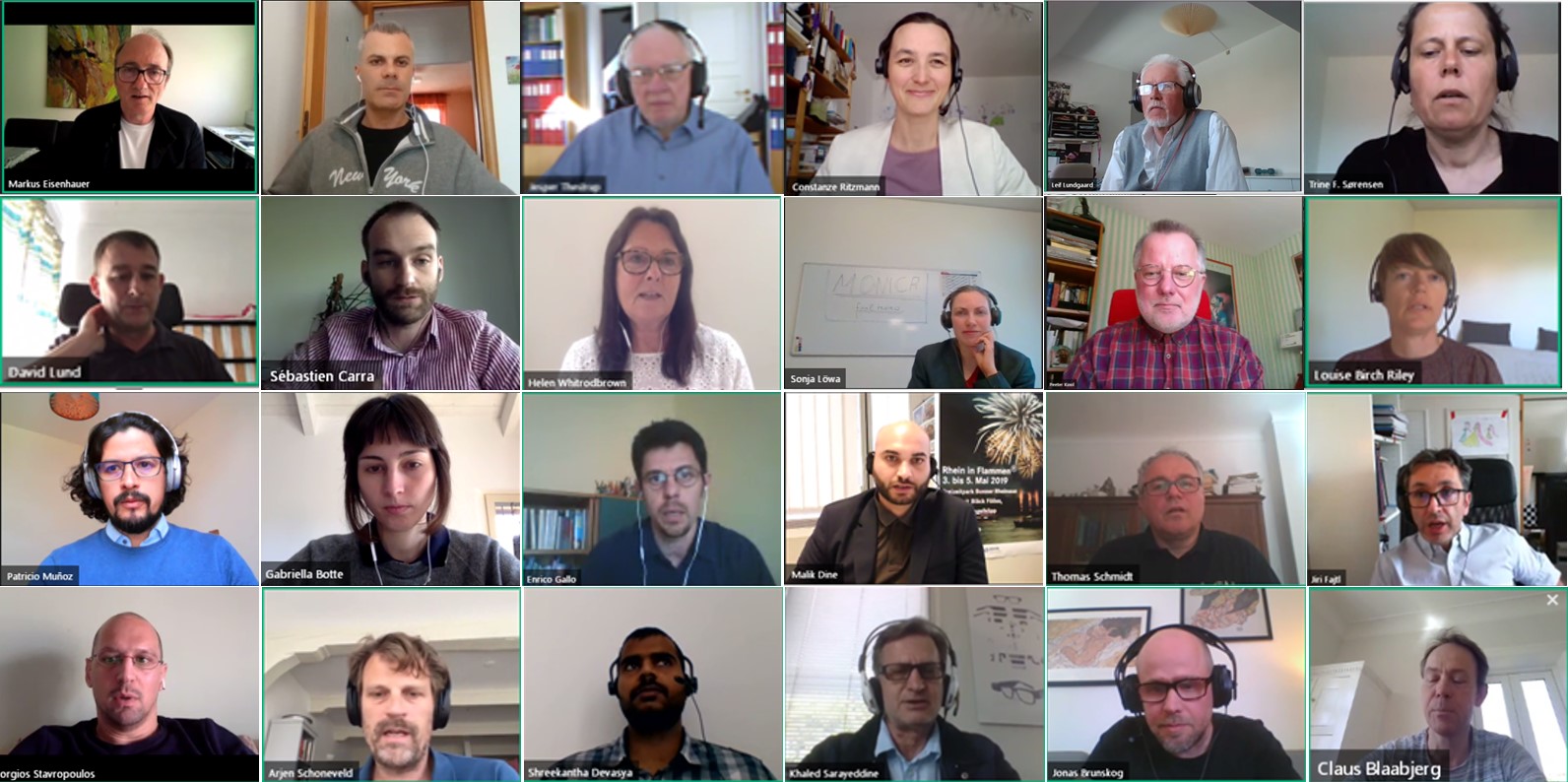
The team of the MONICA Project presenting the results achieved in more
than 3 years of intense collaboration at the Final Review organised remotely.
More info about the project: http://monica-project.eu
Achievements of the MONICA Project:
Applications for crowd safety and security
MONICA services include crowd and capacity monitoring, detection of security, health and safety incidents as well as location of and communication between staff, visitors and control centre.
Applications for sound monitoring and control
Organisers of concerts want to give their performers and audiences the best music experience but they also wish to comply with local regulations on environmental sound exposure. MONICA deploys an acoustic system consisting of novel sound field control schemes which provide an optimised sound field in the audience area while minimising the exposure to noise in neighbouring areas.
Applications for citizen engagement and innovation
MONICA created several user-driven applications, rooted in advanced technologies grown by the needs of cities and its people.
MONICA created an open data repository that enables cities to make MONICA sensor data available to the public. The aim is to provide factual information as a basis for better decision-making and enable the use of the results for new smart city applications.
GOEASY at Innovation Days
Peter Rosengren 11th November 2019Peter Rosengren from CNet represented the GOESY project on the Innovation and Networking Days on 11th November 2019 Bonn, Germany, hosted by FIT – Fraunhofer Institute for Applied Information Technology and co-organised by the partner LINKS and the Centre for Research and Technology CERTH (Greece).
This venue offers to innovators from industry, research and public administrations, the opportunity to meet, share, discuss and attend technical presentations. The first day was focused on Smart Citys and Energy, a perfect framework for GOEASY, which was presented at the networking and poster session by partners FIT and CNET. Interesting discussions about the technical aspects of the AsthmaWatch pilot and on engagement strategy led to investigate how to motivate citizens to behave more sustainable.
GOEASY received attention from many participants for its innovative approach towards building sustainable cities through objective data collection as well as dealing with privacy issues, in order to achieve progress in promoting healthy and sustainable behaviour. Participants have also acknowledged GOEASY’s potential for direct and indirect economic contributions through improving health conditions of asthma patients, thereby reducing health-related expenses.
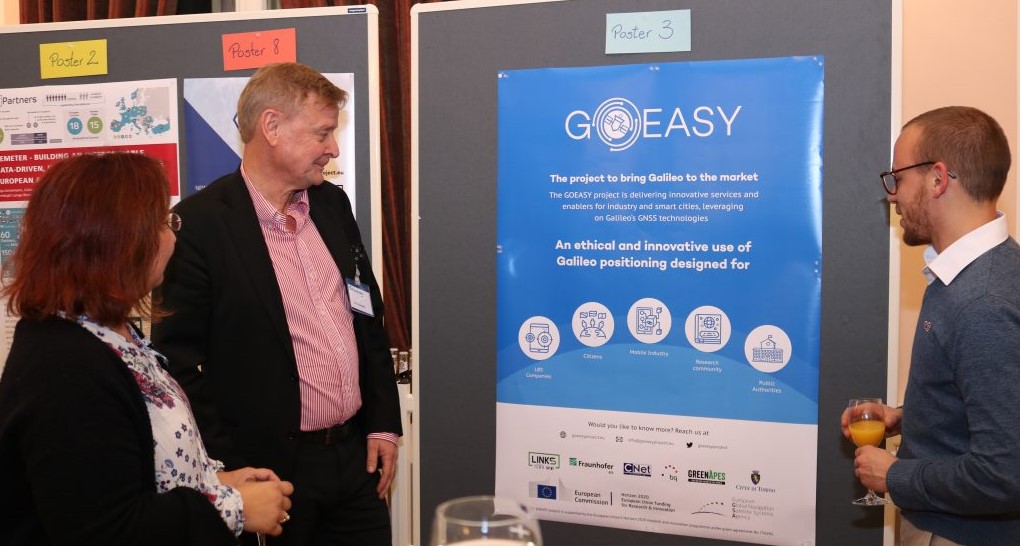
On Tuesday the 11th June 2019 Sveriges Radio reported about the MONICA project “Researchers will erase noise from concerts”. The report referred to the latest concert by the artist Medina on the 31st of May 2019 in Copenhagens Tivoli included in their Friday rock concert series stating that the results of the MONICA project may be able to annihilate the noise disturbance of outdoor concerts.
The Tivoli is part of the international research project MONICA, which tries to find “smart” solutions that can satisfy both, concert enthusiasts and residents of the area, as neighbours have complained since Tivoli started their Friday rock concerts outdoors. Built 176 years ago, the amusement park was in the outskirts of Copenhagen, but has long been enclosed by the growing city and is situated in the centre now, with accommodation not far from the loud concerts.
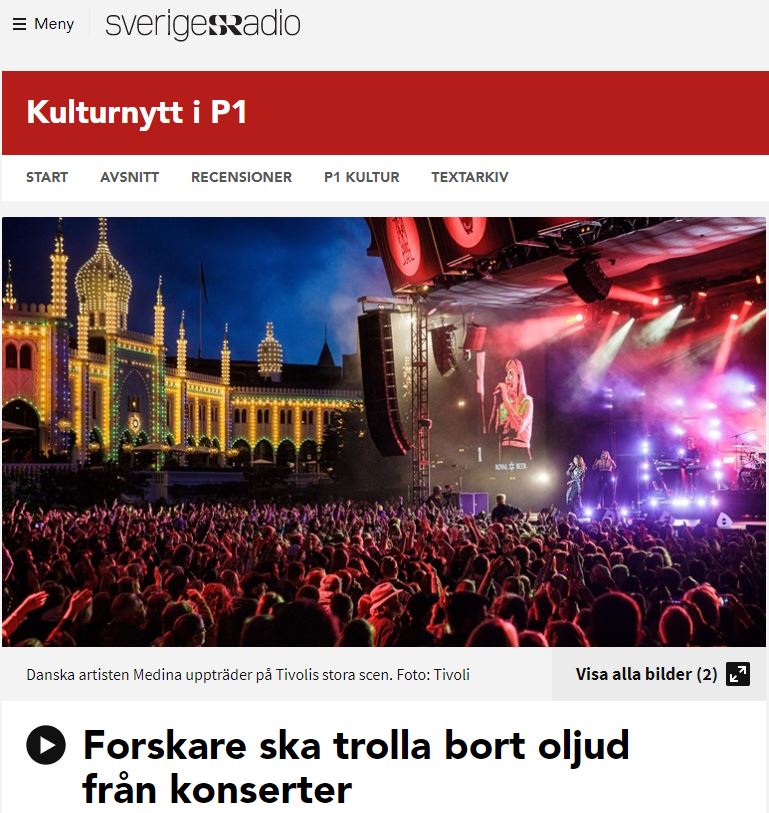
The first version of the GoEasy mobile IoT sensing gateway is now available. It is equipped with a Galileo-receiver, an air quality sensor, a sound level sensor and a communication chip.
The gateway is designed to be mounted on bicycles and electrical scooters. The sensors in this gateway continuously measure the NO2 level and the sound level. The measurements are transmitted using NB-IoT (Narrow-band IoT) to the GoEasy cloud. The Galileo chip gives the precise position where the measurements are taken while the vehicles are moving. The GoEasy gateway run on battery or can be powered through a USB Connection to an electrical bike or scooter battery. When a sufficient number of vehicles are collecting data in the city, GoEasy will be able to create a complete air and sound pollution map in realtime over the city. This data will form the basis for development of a new generation services for citizens.
The first service is AsthmaWatch, which will help and guide asthmatic people to avoiding polluted areas in the city. A first test of the GoEasy gateway will start during May in the cities of Copenhagen and Stockholm.
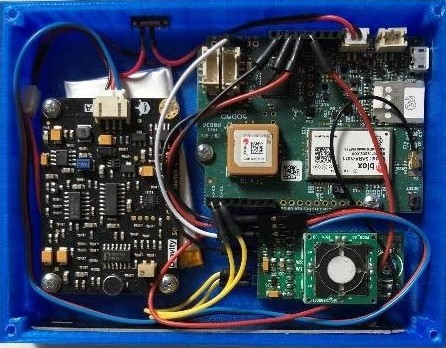
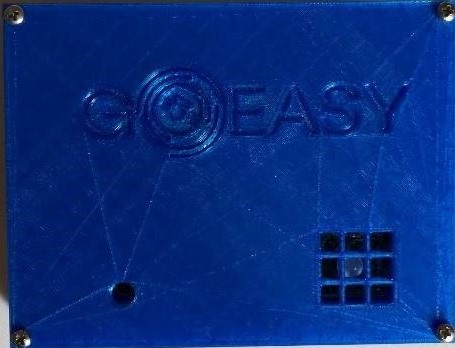
MONICA monitors Hamburg Winterdom
Peter Rosengren 10th November 2018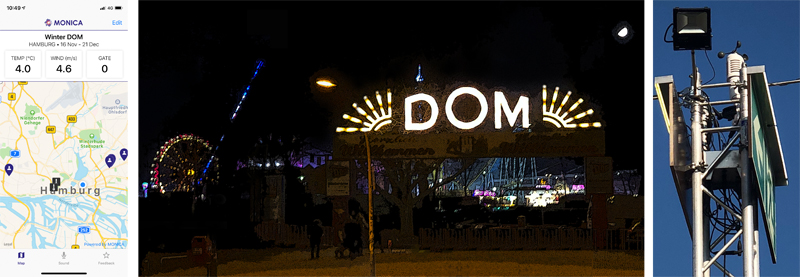
The MONICA project demonstrates its pilot Common operational picture – COP on the “Hamburg DOM”. The largest fun fair in Northern Germany is held in front of Hamburg’s Cathedral for 30 days three times a year, in spring, summer and winter. The Winterdom takes place from the 9th of November to the 9th of December 2018. On an area of 160.000 qm² several hundred rides, snack shops, bakeries, taverns, shows and weekly fireworks expect over 2 million visitors.
This year the MONICA project set up a system to address crowd management. The system consists of mobile and fixed IoT-enabled devices deployed at the event area. IoT-enabled meaning that these have sensors and can wirelessly connect to the Internet and communicate and initiate actions. The information exchanges in the MONICA project is handled by a cloud-based platform with control systems that monitor the collected data and perform automated actions based on behaviour modelling. The platform also consists of components which analyse data and detect critical incidents, supporting operators in assessing situations and making decisions. CNet has developed the database for the Common Operational Picture and the visualisation tool to provide decision support to the event operators.
MONICA Hackathon aiming to enhance experience at the stadium
Peter Rosengren 29th October 2018The second Hackathon of the MONICA project took place on 26th to 28th October 2018 in Leeds. Seven teams from Finland, Germany, Spain and the UK took part in the challenge for designing digital technologies that could help enhance sports fan engagement and experience at the stadium.
The winner Pauline O’Callaghan impressed the jury with a solution for augmented hearing that enables stadium visitors to control their auditory environment during games. Pauline O’Callaghan, a young electronic engineer from Berlin, won €5000 prize money with her winning solution ‘Hearability’.
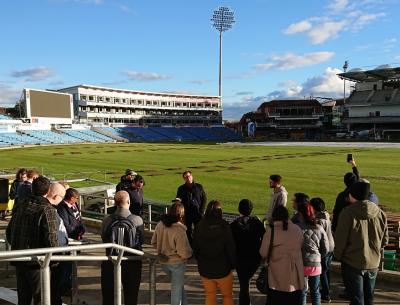
The solution, an augmented hearing device for spectators with the mission of giving everyone control over their auditory environment, makes events safer and more inclusive to all. O’Callaghan presented several use cases including one that enables turning down the volume of a game when listening to what your friend is saying next to you and turning it up again when finished. The judges, including innovation and technical experts as well as stadium and project representatives, were impressed by the inclusivity aspect and the variety of possible use cases inside the stadium and elsewhere. As part of the prize, Pauline O’Callaghan will now receive six months of business support from MONICA to help her progress her winning prototype.
